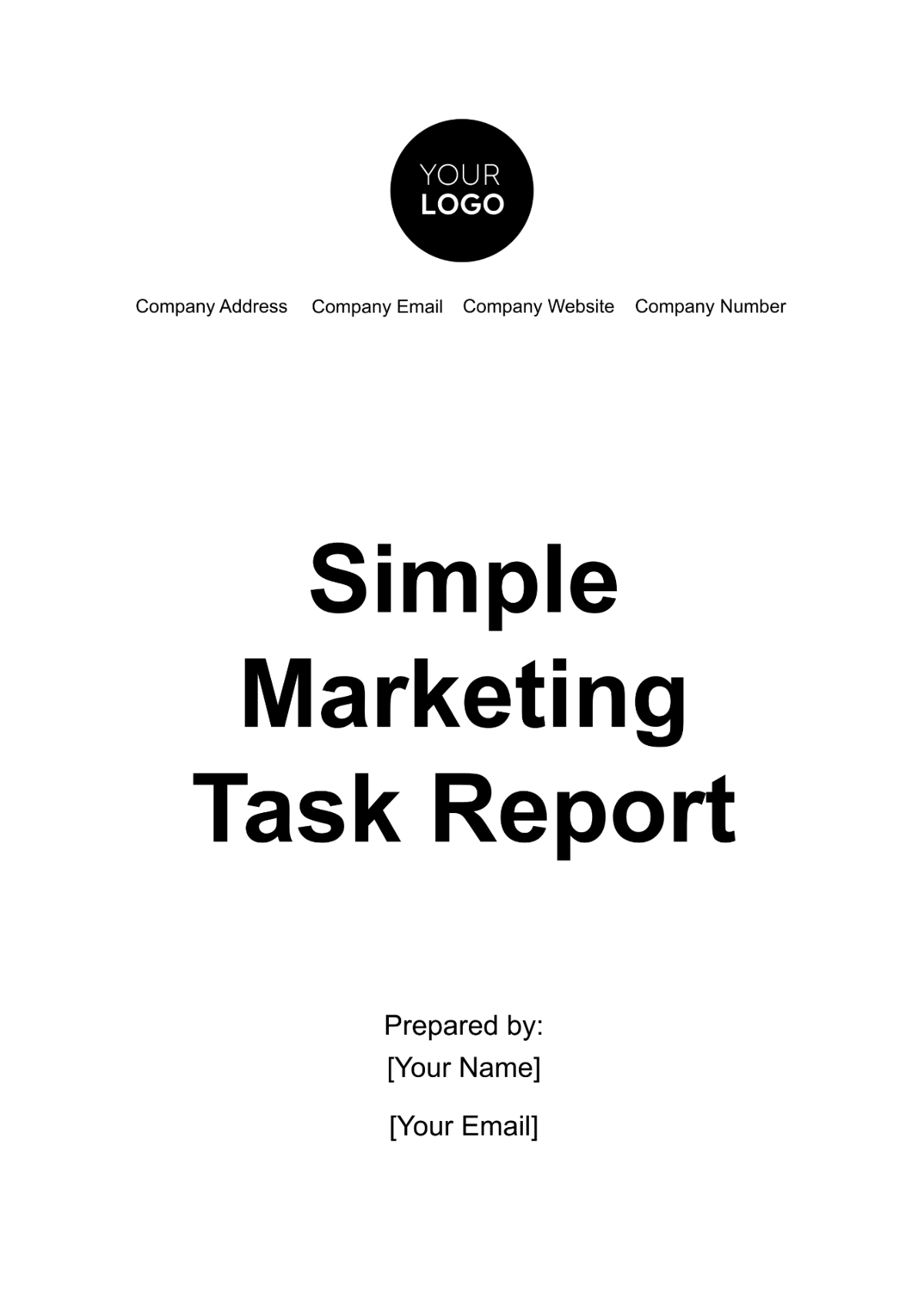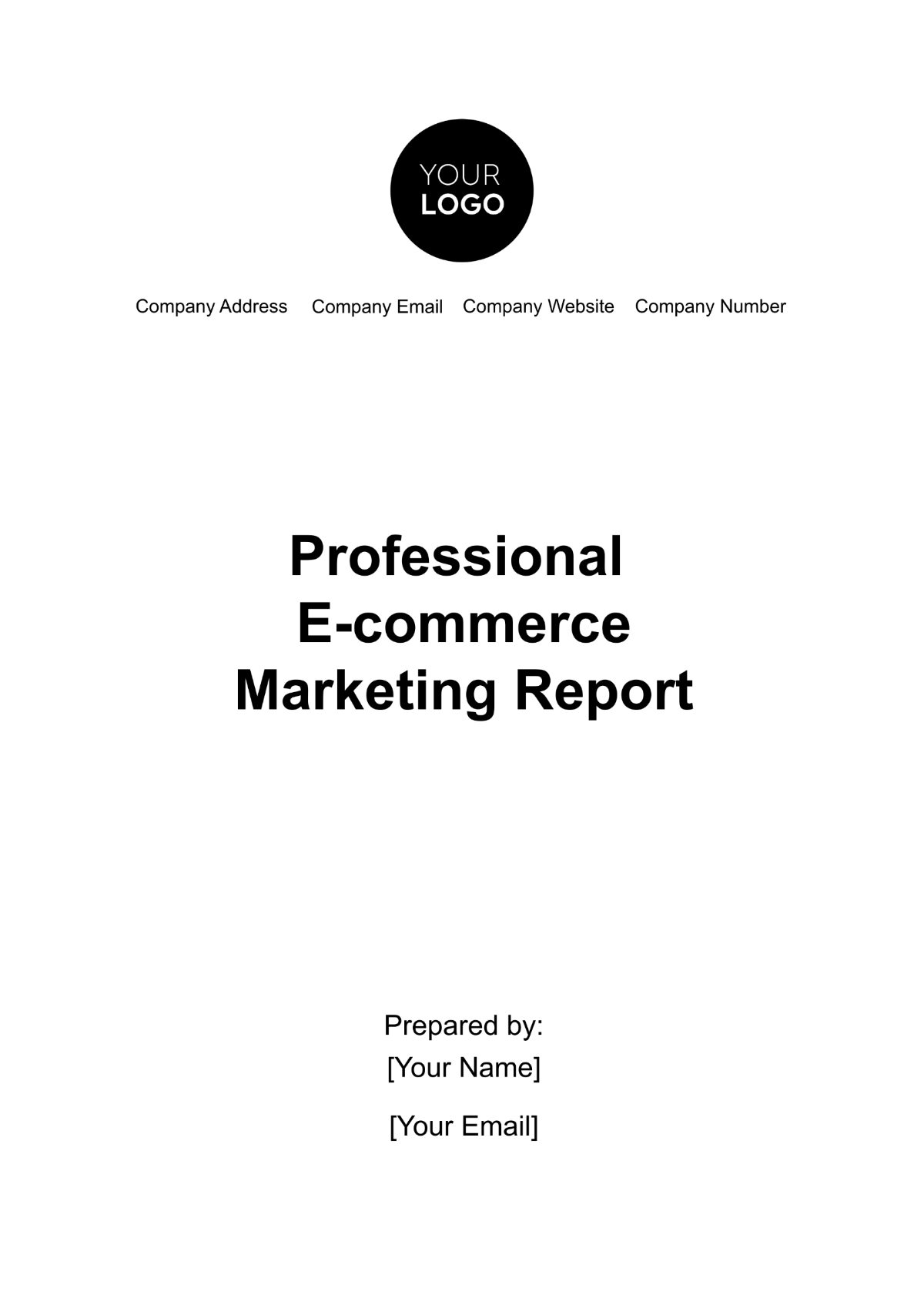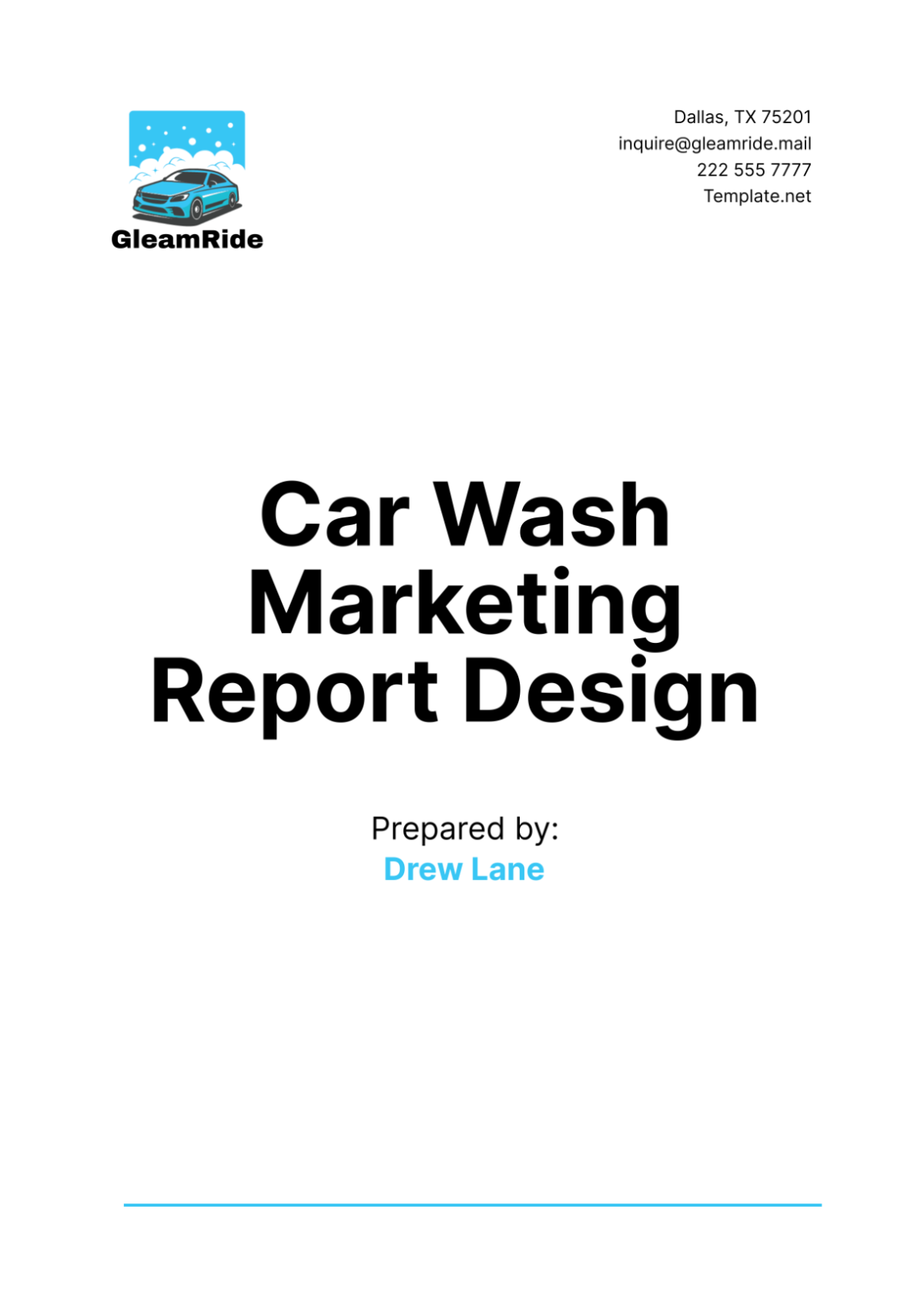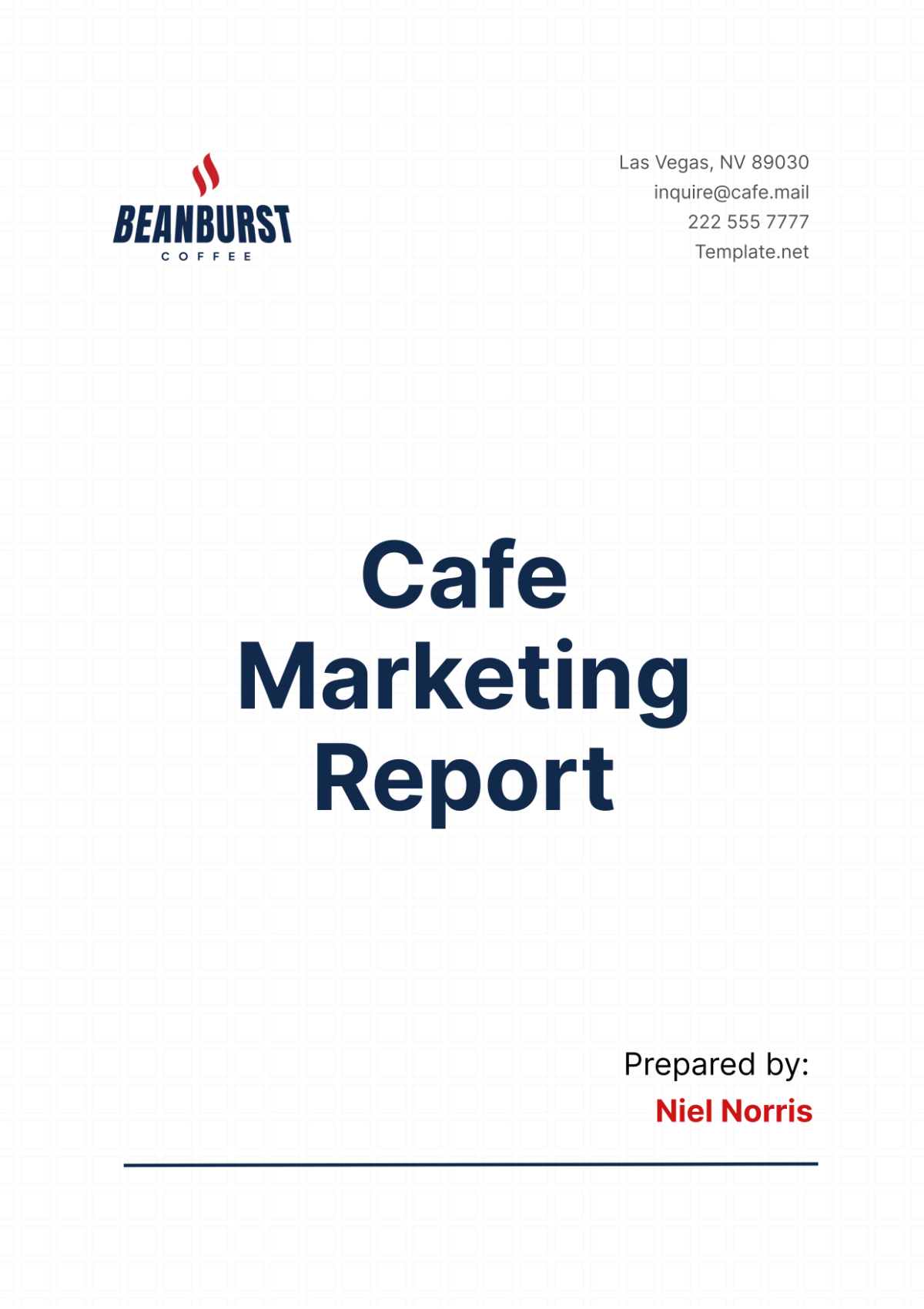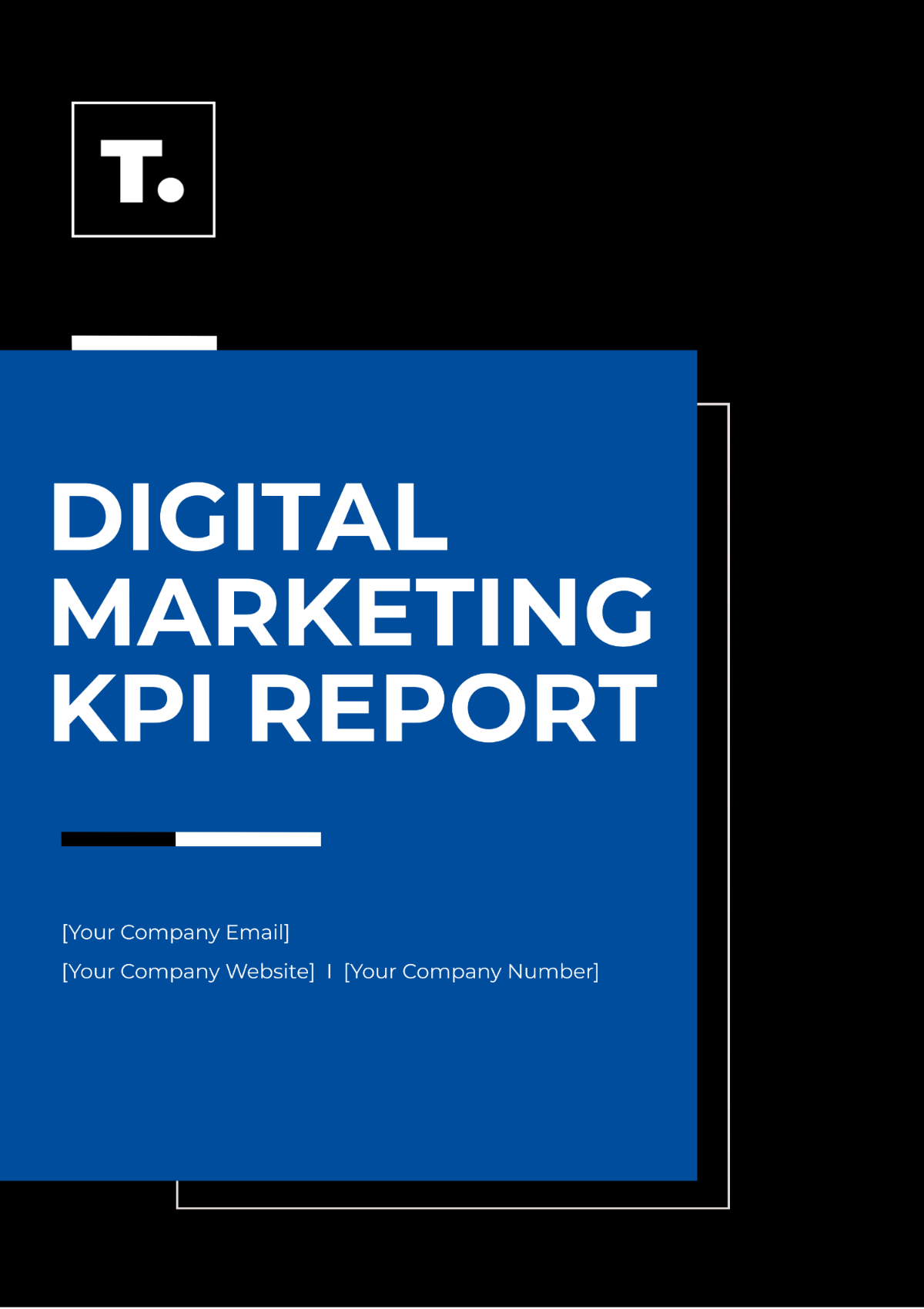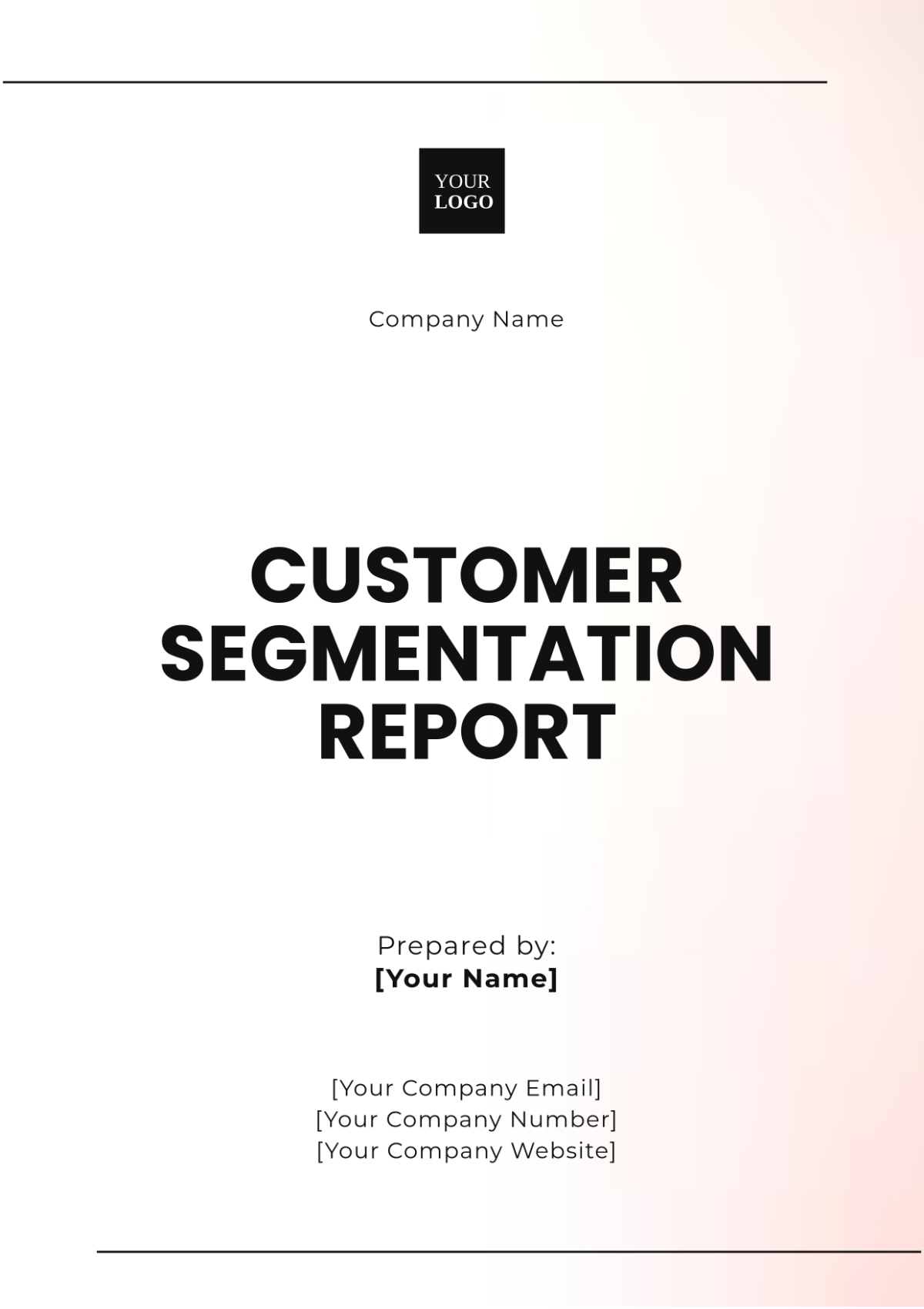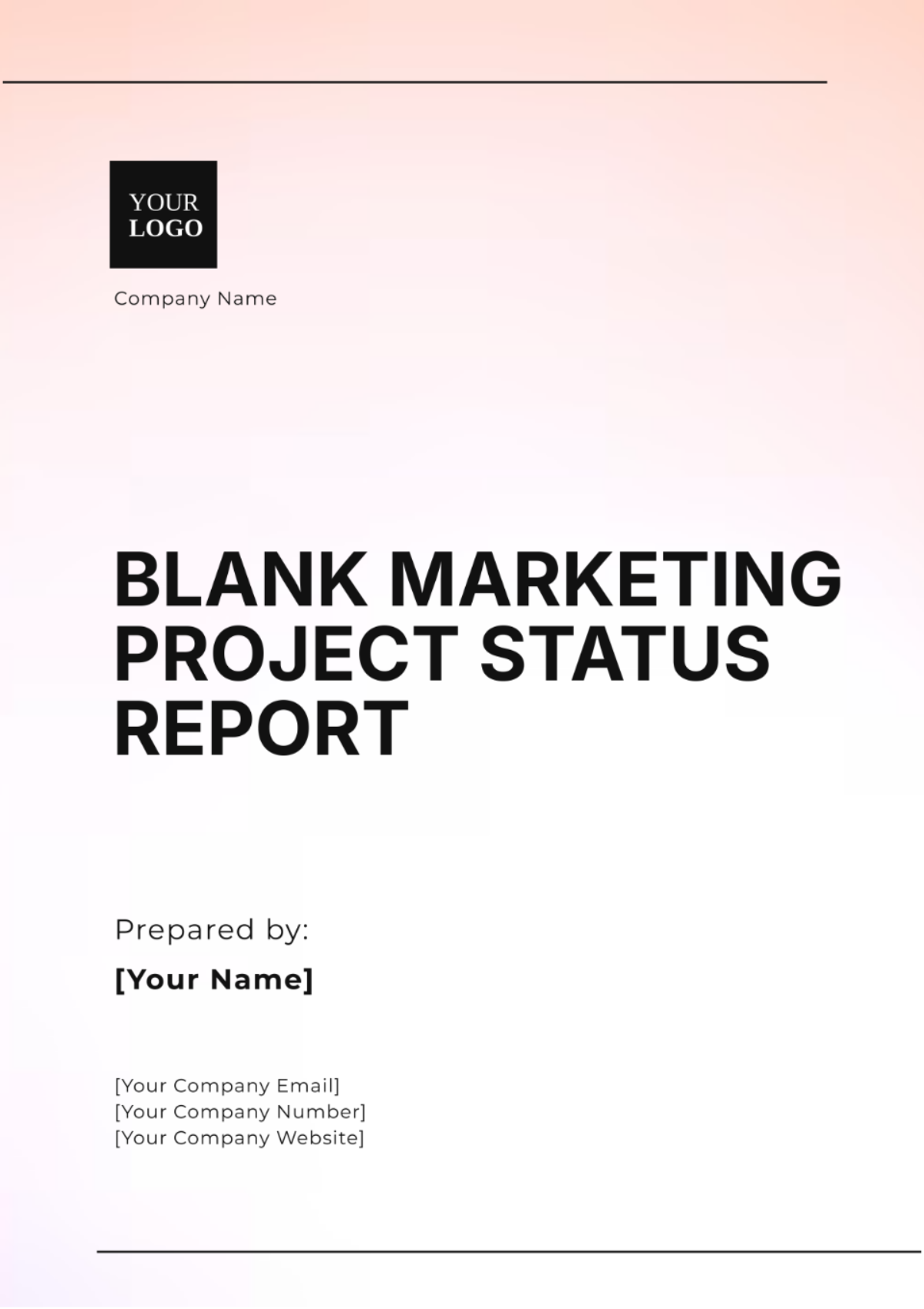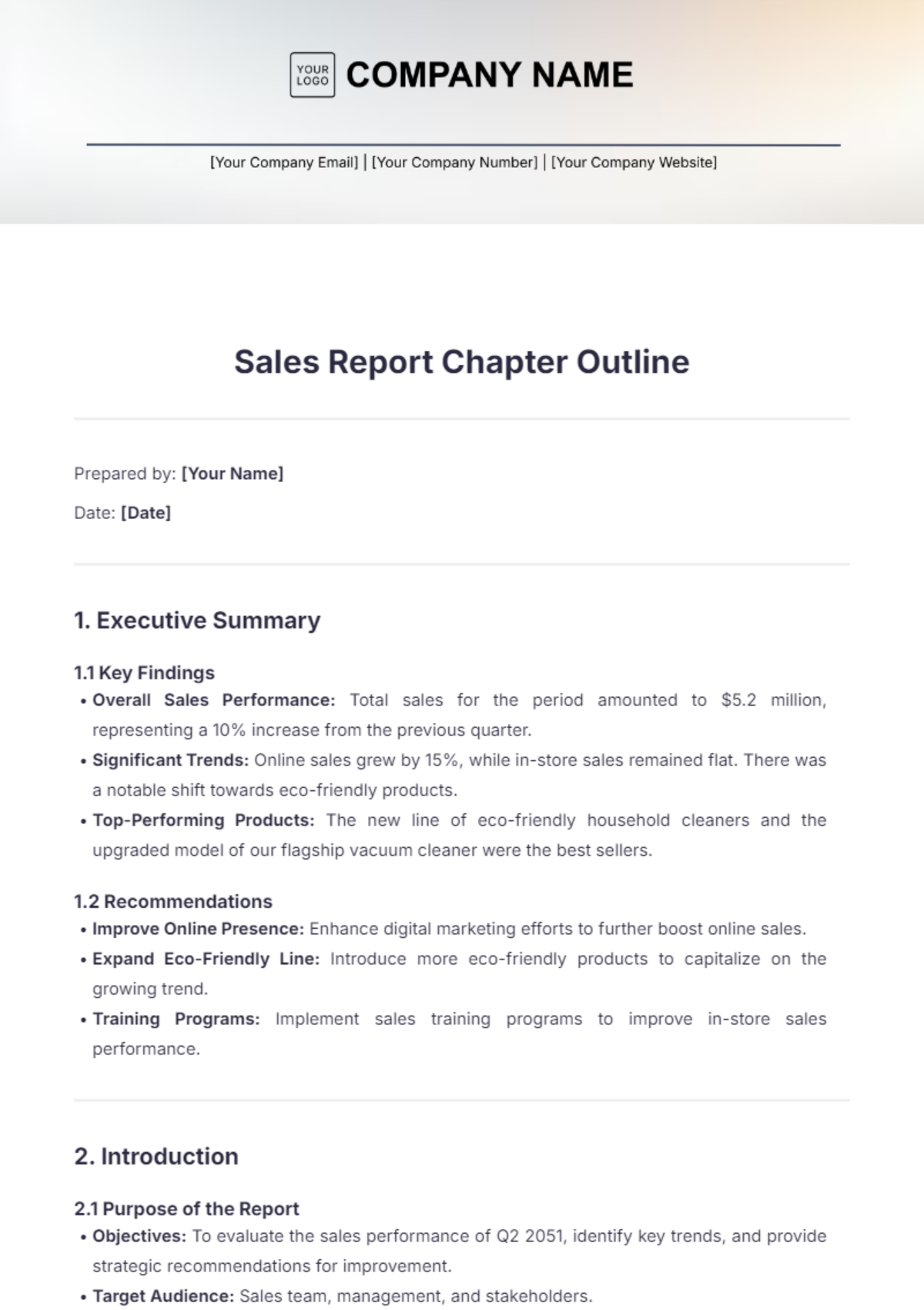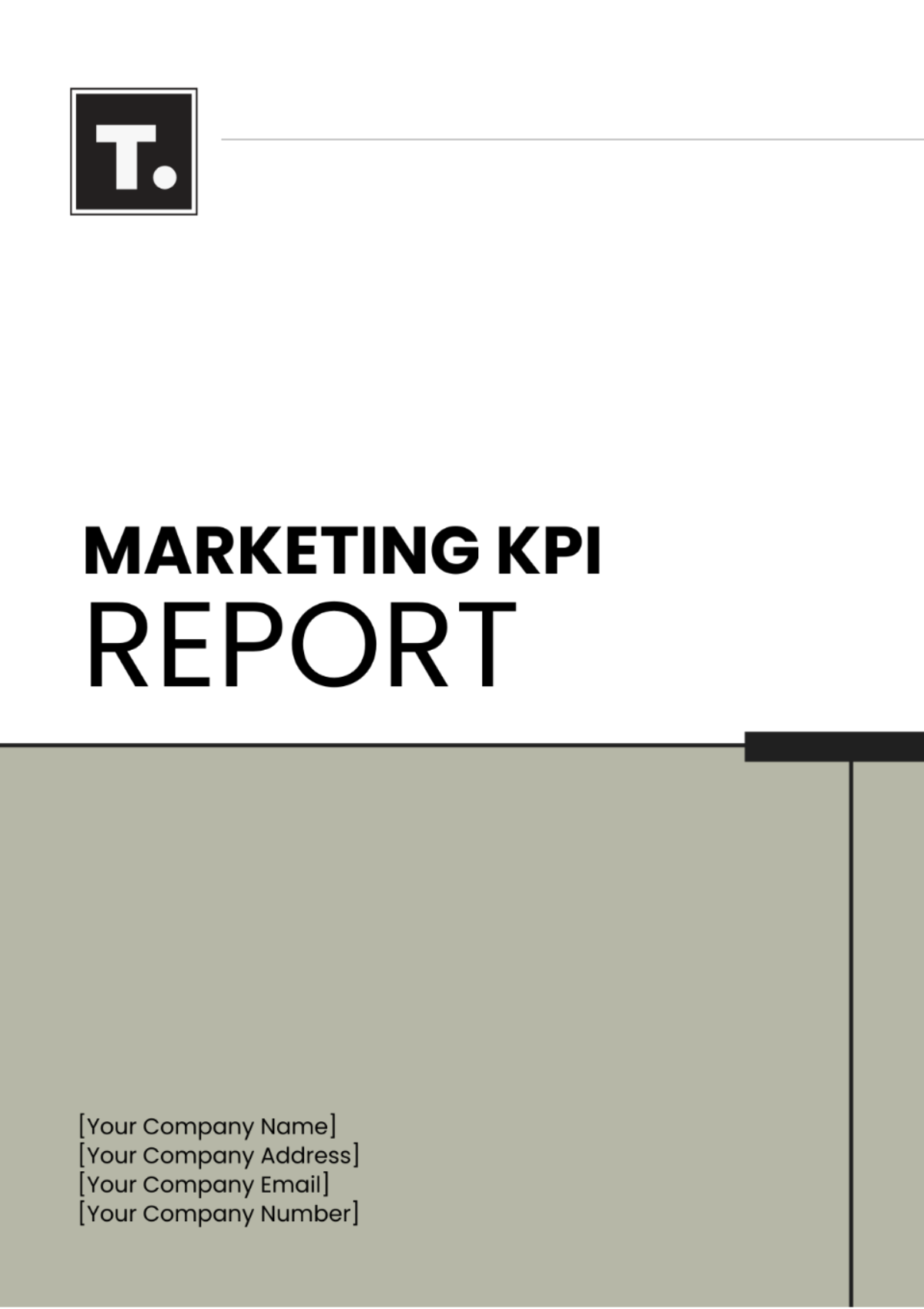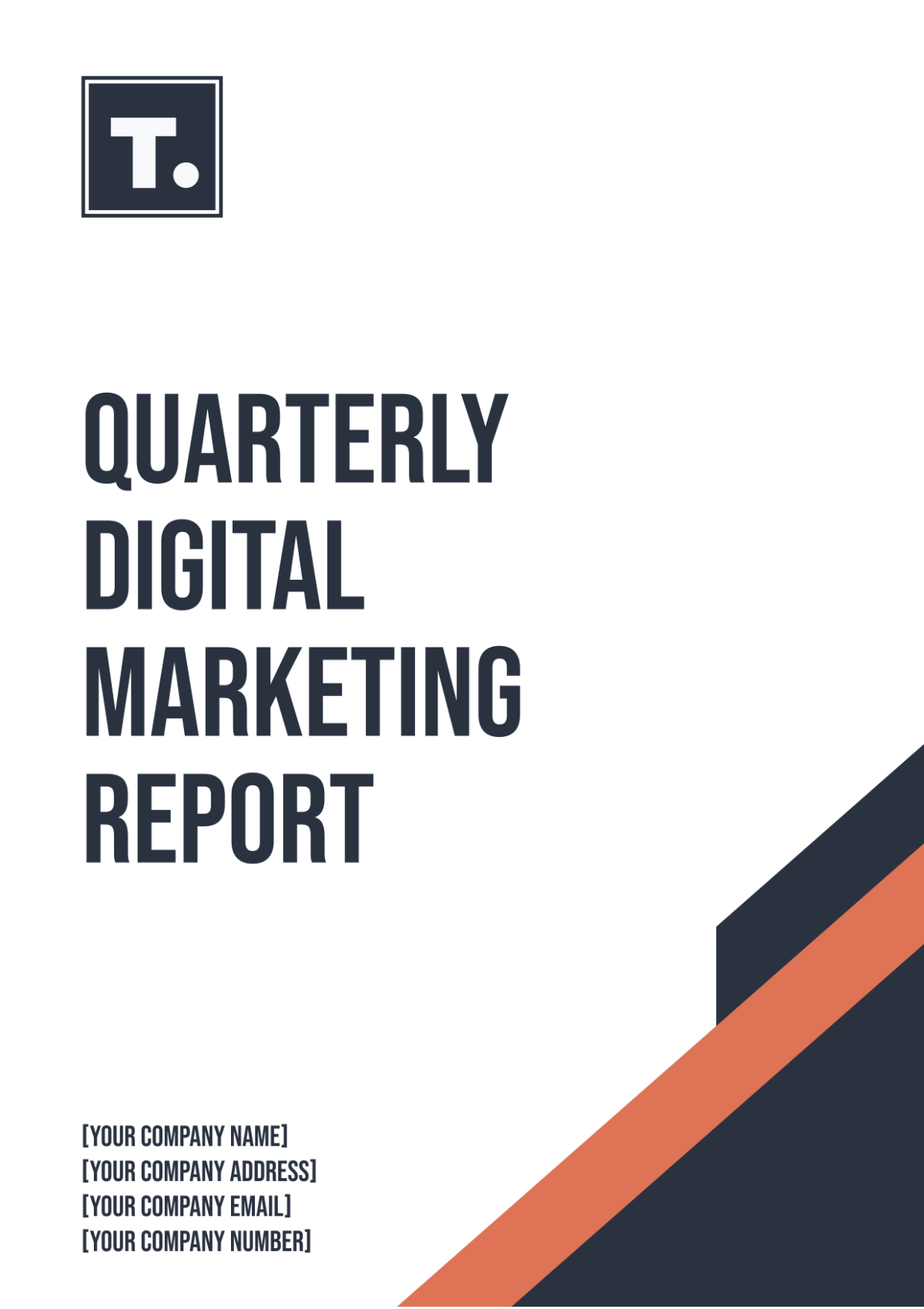Marketing Consumer Satisfaction Report
Introduction
In today's ever-evolving market, understanding customer satisfaction and preferences is paramount for businesses aiming for longevity and sustained growth. The purpose of this section is to lay the foundation for the rest of the report, outlining the importance of gauging customer satisfaction and setting the context for our 2051 consumer satisfaction survey.
Importance of Customer Satisfaction:
Customer satisfaction, beyond being a mere metric, acts as a predictor for future purchase intentions, brand loyalty, and word-of-mouth recommendations. In an age of digital connectivity, where customers are empowered with choices and platforms to voice their opinions, maintaining high levels of satisfaction isn't just beneficial—it's essential.
Happy customers not only bring repeat business but also become brand ambassadors, driving new customers to a company. Conversely, dissatisfied customers can deter potential customers with negative reviews or feedback.
The context for the 2051 Survey:
Given the rapidly changing landscape of the global market and the particular challenges and opportunities presented in 2051, this survey was designed with a specific focus. This year saw the introduction of several new product lines, an overhaul of our online platforms, and the expansion into emerging markets. It was thus deemed essential to gauge how these changes resonated with our customer base and if they met the expectations set.
Executive Summary
This survey, one of the most extensive we've conducted to date, solicited feedback from over 15,000 customers. Our primary goal was to acquire actionable insights into our performance across various product and service categories, especially given the significant changes introduced this year.
The outcomes of this survey have been both enlightening and affirming. A significant majority of respondents expressed high levels of satisfaction, reinforcing our belief in our products and services. However, certain areas highlighted by our customers demand attention and refinement.
Methodology
For our 2051 consumer satisfaction survey, [Your Company Name] embraced a two-pronged methodology, designed to capture both the breadth and depth of customer feedback. This meticulous approach ensured that the insights drawn were both comprehensive and reflective of our diverse customer base.
Quantitative Analysis: Online Questionnaires
Scope: Distributed to 20,000 customers across our database, spanning demographics, product categories, and geographical locations to ensure a representative sample.
Response Rate: A high engagement rate of 75% was achieved, translating to 15,000 respondents, surpassing our initial expectations. This response can be attributed to the intuitive design of the questionnaire and the incentive offered to participants.
Design: The survey comprised a mix of Likert scale questions, multiple-choice questions, and rank-ordering to gather quantifiable data on customer preferences, satisfaction levels, and areas of concern.
Qualitative Analysis: Follow-up Telephone Interviews
Selection Criteria: A stratified sampling technique was employed to select 500 respondents from varying satisfaction levels, product interactions, and regions.
Objective: The purpose was to delve deeper into specific feedback areas, allowing customers to elaborate on their experiences, concerns, and suggestions in their own words.
Execution: These interviews, averaging 15 minutes each, were conducted by trained professionals adept at extracting nuanced insights without leading or biasing the participant.
Data Collation and Analysis:
Upon gathering the data, a team of analysts employed advanced statistical tools and techniques to decode patterns, identify outliers, and extract actionable insights. Special attention was given to ensuring data integrity, confidentiality, and avoiding any biases that might skew results.
Key Findings
The results of the 2051 consumer satisfaction survey are more than just numbers; they are a reflection of [Your Company Name]'s resonance with its customer base and the effectiveness of its strategies. Here's a synthesized overview of the critical insights from the data collected:
Overall Satisfaction Levels (Scale 1-10):
A notable 81% of respondents gave a rating of 7 or above, indicating a high level of satisfaction. The fact that over half of the respondents scored us a 9 or 10 speaks volumes about the trust and confidence our customers have in our offerings.
Satisfaction by Product Category:
While our software products garnered the most commendations, home appliances show potential for improvement. This differentiation presents an opportunity to deploy targeted strategies for each category to elevate the overall brand experience.
Emerging Markets Show Promising Engagement:
An encouraging trend from the survey was the high engagement and positive feedback from emerging markets where we recently expanded. This aligns with our strategic vision of being a global leader and validates our expansion strategy.
Digital Experience Reflects Modern Consumer Needs:
Our recent overhaul of online platforms has yielded positive results, with 85% of respondents appreciating the improved user experience, easier navigation, and enhanced security features.
These findings spotlight both our triumphs and challenges. While the affirmation from a majority of our customers is heartening, the insights also provide a clear directive: there are areas where focused efforts can further elevate the customer experience and cement our position in the market.
Areas of Improvement:
Recognizing areas that need enhancement is not merely about addressing shortcomings but also about seizing opportunities to better serve our customers and fortify our market position. From the rich tapestry of feedback, several consistent threads emerged pointing to potential avenues for improvement.
Area of Concern | Percentage of Respondents |
Customer Support Experience | 12% |
Durability of Electronics Products | 8% |
User Experience on Online Platforms | 7% |
Localization in New Markets | 5% |
Customer Support Experience:
While the support team was deemed knowledgeable and polite, there were concerns regarding response times, particularly during peak hours.
Our current support infrastructure might be experiencing bottlenecks during high-demand periods, leading to these delays.
Durability of Electronics Products:
Some users expressed concerns regarding the longevity of certain electronic products, suggesting they did not align with the premium expectations associated with our brand.
It's possible that specific product batches or lines may need a review in terms of quality assurance or manufacturing processes.
User Experience on Online Platforms:
A section of our users, especially those who are less tech-savvy or from older demographics, found navigation slightly complex.
As technology evolves, ensuring that our platforms remain user-friendly for all demographics is crucial.
Localization in New Markets:
While our global brand is strong, a subset of users in our newly entered markets felt that more localized offerings or campaigns might resonate better with them.
As we continue our global expansion, there's a need to strike a balance between global branding and localized touchpoints.
By addressing these areas, we have the potential to not only improve our existing customer relationships but also to attract and retain new ones. The upcoming recommendations section offers strategies to optimize these areas of concern.
Recommendations
In light of the feedback received and the insights drawn from our survey, we believe that strategic interventions can steer us towards achieving unparalleled customer satisfaction. Our recommendations are not just corrective measures but also proactive strategies to ensure that [Your Company Name] continues to set industry benchmarks. Here's our suggested roadmap:
Revamp the Customer Support Framework
a. Initiate Training Programs: Roll out intensive, periodic training sessions that not only enhance the technical skills of our support team but also equip them with superior interpersonal skills to engage empathetically with customers.
b. Introduce AI-Powered Support Tools: By implementing sophisticated AI-driven chatbots, we can address a significant volume of basic customer queries round-the-clock, ensuring that human agents are freed up to tackle more intricate issues, thus streamlining the entire support process.
c. Feedback Loop: Embed a systematic mechanism where customers are encouraged to provide feedback after each support interaction. This continuous stream of insights will empower us to make real-time adjustments and improvements.
2. Strengthen Quality Assurance for Electronics
a. Rigorous Testing: Introduce exhaustive testing phases, ensuring each product undergoes meticulous scrutiny, thereby guaranteeing that every item that reaches the customer embodies our brand's commitment to quality and durability.
b. Supplier Audits: Establish a regimen where our suppliers and manufacturing partners are regularly audited. This ensures that they are consistently adhering to the stringent quality and ethical standards synonymous with [Your Company Name].
c. Warranty Extensions: As a testament to our belief in our product's durability and our commitment to customer satisfaction, consider offering extended warranties, reinforcing the message of trust and reliability.
3. Enhance Digital User Experience
a. Collaborative Workshops: Facilitate interactive workshops that bring together UI/UX designers, technical teams, and a diverse group of users. These collaborative sessions can offer invaluable insights into user pain points and preferences, shaping a more responsive digital journey.
b. User-Centric Design: Dedicate resources to crafting a digital platform that speaks to all demographics, emphasizing intuitive navigation, clarity in calls-to-action, and seamless user pathways.
c. Regular Platform Updates: Stay ahead of the curve by regularly updating our platforms, ensuring they are equipped with cutting-edge technology, security features, and user-friendly interfaces to provide a premium digital experience.
4. Embrace Localization in New Markets
a. Local Market Research: Dive deep into understanding the distinct preferences, cultural intricacies, and consumer behaviors unique to each new market. This foundational knowledge will shape more tailored offerings.
b. Tailored Marketing Campaigns: Craft marketing initiatives that strike a chord with local audiences by resonating with their cultural values, traditions, and aspirations, all while ensuring the overarching global brand identity remains intact.
c. Collaborations: Seek partnerships with local influencers, brands, or community leaders. These alliances can offer credibility, deeper market insights, and opportunities for mutual growth.
Implementing these recommendations requires a synergistic effort across various teams, from research and development to marketing and customer support. However, the potential upside—in terms of customer satisfaction, loyalty, and brand reputation—is immense. We believe that with these actionable steps, [Your Company Name] will continue to build upon its legacy of excellence and customer-centricity.
Conclusion:
While an overwhelming majority of our customers express satisfaction with our products and services, our pursuit of excellence identifies avenues where we can further elevate their experience. By proactively addressing these nuances, we not only fortify our esteemed reputation in the market but also set the stage for sustained growth and deeper customer loyalty in the coming years.
Marketing Templates @ Template.net










